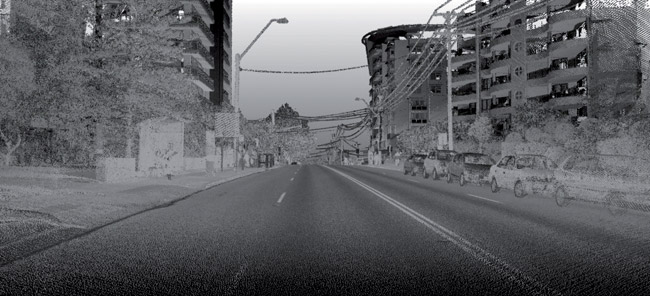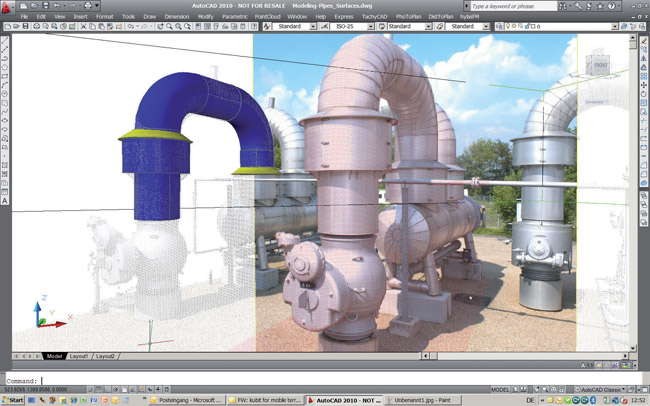With project teams and clients based all around the world, holding design meetings can be a challenge. Cadfaster has a slick solution for Building Information Modelling (BIM), writes Martyn Day.
In the world of CAD, there is a funny little area of development termed ‘collaboration’ tools. With such a broad meaning, this can cover anything from a document distribution system to a complete virtual meeting room environment. There has never been so many options in sharing design information, users are spoilt for choice.
If you read the ArchiCAD SE review in this issue on pages 12 and 13, you would know about Graphisoft’s excellent Virtual Building Environment (VBE), which takes an ArchiCAD BIM model and creates a self-extracting ‘exe’ file to send to clients and team members. By clicking on this file, VBE launches and users can fly around the project in incredible textured detail.
Meanwhile, Autodesk Revit customers can create 3D DWF files that can be read by the free Autodesk Design Review application. Or they could buy a copy of ArchiCAD SE and import a Revit model via IFCs (Industry Foundation Classes) to create these self-extracting VBEs. Alternatively, buy a copy of Autodesk Navisworks, which can import models from multiple sources to generate a lightweight model but it is pretty expensive.
Even with all these solutions for Building Information Modelling (BIM), there is no way to control the view of the model and talk someone through aspects of the design. In effect, there is no ‘meeting’ aspect to the collaboration file. This is where a new product called Cadfaster Collaborate really shines.
Cadfaster
Based in Finland, Cadfaster develops software for the real-time annotation and co-viewing of 3D CAD models in the design process. At the moment this is specifically for Autodesk Revit and Dassault Systèmes’ SolidWorks, with more to follow. Using Cadfaster Collaborate’s plug-ins for these packages, models and assemblies are exported to self-extracting files, which means that no other software needs to be installed.
The compression of the original data means
huge assemblies or building projects can be shrunk to a file size that can be emailed or downloaded
from a link. Files are small enough to run on low powered laptops.
These models can then be distributed for individual (solo) or co-viewing sessions (for teams of up to ten users), allowing annotation and discussion over the cloud (hosted on the internet). When mixed with another pervasive technology called a telephone, design reviews can be created.
The great thing here is that when the master model view is adjusted (zoom, pan, section etc), all session members’ views are updated in real-time to reflect the component or building element that is being discussed.
The rendering is not photo-realistic but is pleasant on the eye and optimised for speed and quick identification of different parts of the model.

Cadfaster Collaborate has an intuitive user interface that does not take long to get used to. There is a main model view, taking up the majority of the viewing space, with a feature/component tree running down the left-hand screen. From here it is easy to locate elements of the design. Across the top, a menu bar gives access to a variety of shading, sectioning and 3D mark-up tools. Multiple users can add comments independently, even when sharing a model.
All comments are stored and can be viewed and collated for a meeting report at anytime.
Conclusion
There are many, many tools that operate in this ‘collaboration’ space. Cadfaster Collaborate offers distribution of lightweight models without the need to download a viewer and, while this has been done before, the product excels in its ability to host design sessions with a shared, co-ordinated view..
For me, this is actually the true meaning of collaboration as it allows geographically challenged teams to see and hear the same things. The product is set to get even better with an iPad version in beta. Cadfaster Collaborate is a great example of how cloud computing can benefit the design community.






